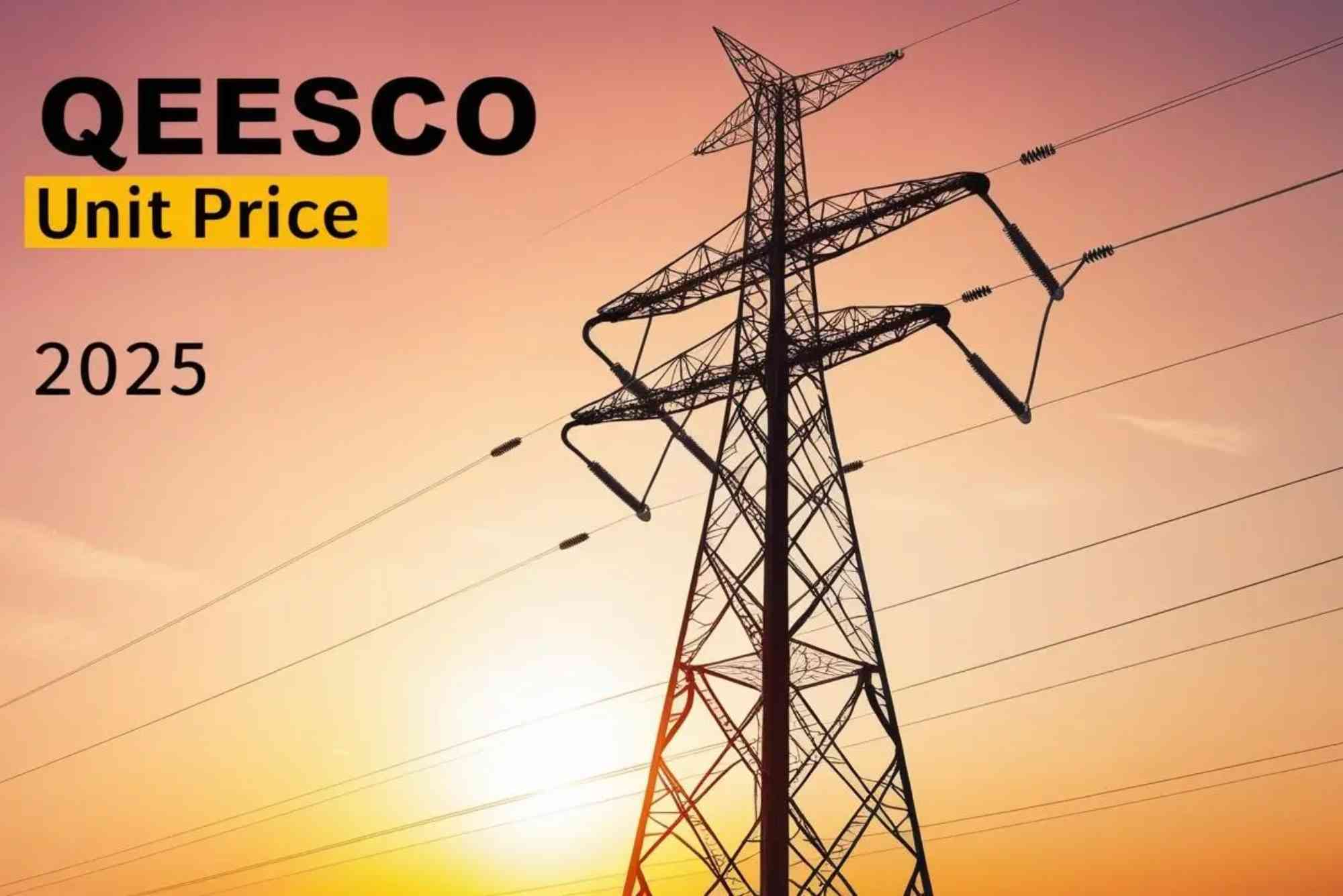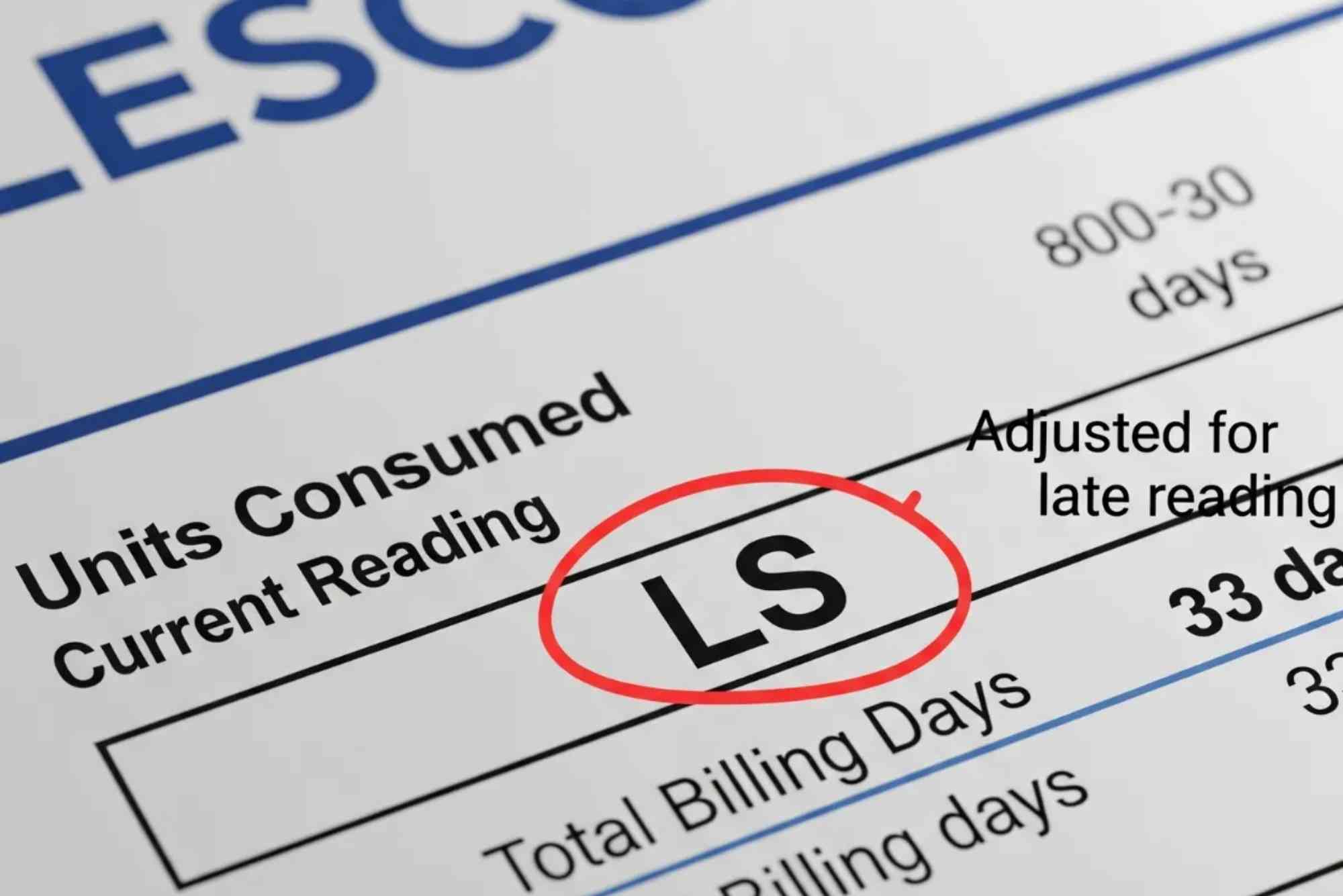FESCO Tariff and Unit Rates – Detailed Guide for 2025
Electricity bills in Pakistan are one of the most discussed topics for households and businesses, especially when unit rates and tariffs keep changing every year. If you are a consumer under Faisalabad Electric Supply Company (FESCO), understanding the latest tariff structure for 2025 can help you plan your monthly expenses more effectively. While recent updates focus on 2025, many people still search for historical benchmarks like fesco unit rate 2019 to compare how electricity prices have evolved over time.
Understanding FESCO and Its Service Area
FESCO, or Faisalabad Electric Supply Company, is one of the major power distribution companies operating under WAPDA in Pakistan. Its primary service areas include Faisalabad, Sargodha, Jhang, Toba Tek Singh, and surrounding regions. With millions of domestic, commercial, agricultural, and industrial consumers, FESCO plays a critical role in ensuring uninterrupted electricity supply. Since electricity tariffs in Pakistan are regulated by NEPRA, FESCO follows the government-notified rates which vary according to slabs, usage, and categories. For consumers, knowing these slabs and their corresponding charges is essential to avoid unexpected bill shocks.
FESCO Tariff Structure in 2025
The tariff for 2025 continues to follow NEPRA’s approved categories. Rates are different for residential, commercial, industrial, and agricultural consumers. For residential users, the slab system is most relevant. Each slab has a different rate depending on units consumed. This system is designed to charge lower rates for basic usage and higher rates as consumption increases. For instance, households using less than 50 units per month pay a minimal rate, while those consuming more than 700 units face significantly higher charges. The government also introduces fuel price adjustments and quarterly tariff adjustments, which impact bills every few months. These adjustments make electricity prices fluctuate, sometimes rising unexpectedly. Businesses and industrial users under FESCO have separate tariff structures. Industrial rates are generally higher because of demand-based charges and peak-hour multipliers. Agricultural users, especially tubewell consumers, get subsidized rates under government policies to support the farming sector.
Comparing FESCO Unit Rate 2019 and 2025
Many consumers still recall the fesco unit rate 2019 because it was significantly lower than what we pay today. In 2019, electricity prices were relatively stable, and subsidies were more extensive for both domestic and agricultural users. The residential slab rates were much lighter on households compared to the current situation. For example, in 2019, the lowest residential slab under 50 units was charged at a very nominal rate, and the maximum slab was still affordable compared to 2025. Fast forward to 2025, inflation, rising fuel costs, and IMF-backed reforms have changed the entire pricing landscape. Residential consumers now pay much more per unit, especially in higher slabs. The government has gradually reduced subsidies, which has directly increased bills for average families. This comparison shows why many users search for fesco unit rate 2019 as a point of reference. It reflects how dramatically energy costs have risen in just six years.
Residential Slab System Explained
Residential bills depend heavily on the slab system, which categorizes consumption levels into different ranges. Consumers using 1–50 units fall under the lifeline category, benefiting from the lowest charges. The next slabs cover 51–100 units, 101–200 units, 201–300 units, and so on. Each step adds more charges per unit. Once a household crosses 700 units, the rate jumps to the highest slab, significantly increasing the overall bill. In addition to the basic per-unit rate, every bill includes fixed charges, TV license fees, taxes, and fuel adjustments. These additional charges often surprise consumers when they notice that their total bill is higher than the calculated units alone. In 2025, the government has introduced quarterly tariff adjustments (QTA) and monthly fuel price adjustments (FPA). These charges fluctuate based on international fuel prices, making bills unpredictable.
Commercial and Industrial Tariffs
Commercial and industrial consumers under FESCO face a more complex tariff structure. Small shops, offices, and businesses usually fall into the commercial category. They pay higher per-unit charges compared to residential users. Large factories and industries are billed under the industrial tariff, which includes demand charges, time-of-use billing, and higher peak-hour rates. Time-of-use meters charge consumers differently for peak and off-peak hours. In peak hours, electricity is more expensive, encouraging industries to shift production to off-peak timings. This policy aims to reduce load during high-demand hours and balance the grid.
Government Subsidies and Their Impact
Government subsidies play a major role in determining consumer electricity bills. In 2019, subsidies were much higher, directly lowering the fesco unit rate 2019 for low-income households and farmers. By 2025, many of these subsidies have been reduced due to financial constraints. The removal of subsidies has disproportionately affected middle-class families, making electricity one of the most significant monthly expenses. Farmers also feel the burden, as tubewell subsidies have shrunk, increasing production costs in agriculture.
Fuel Price Adjustment and Extra Charges
One of the most confusing parts of the bill is the Fuel Price Adjustment (FPA). Since Pakistan generates electricity from imported fuels like LNG and furnace oil, global market prices affect domestic unit rates. Whenever international oil and gas prices rise, the adjustment reflects in consumer bills. Similarly, the Quarterly Tariff Adjustment (QTA) imposed by NEPRA adds another layer of cost. These charges mean that even if you consume fewer units, your bill can still rise due to external factors. Comparing this to fesco unit rate 2019, FPAs were less frequent and smaller in value, while in 2025, they are a major part of the monthly bill.
Importance of Monitoring Your Bill
With rising electricity costs, monitoring your bill has become essential. Many consumers want an easy way to check their bills online. Services like FESCO Online Bill Check allow you to quickly access your monthly bill details, download copies, and verify due dates. Similarly, broader platforms for Online Bill Check are useful for comparing electricity bills from different distribution companies. By keeping track of your bill online, you can avoid late surcharges, plan your payments, and check if fuel adjustments or subsidies have been applied correctly.
Practical Tips to Reduce Your FESCO Bill
While you cannot control tariff changes, you can manage your consumption to avoid high slabs. Simple steps such as switching to energy-efficient appliances, using LED lights, avoiding heavy usage during peak hours, and unplugging devices when not in use can help reduce your units. For industries, shifting production to off-peak hours and investing in renewable energy like solar panels can reduce dependence on FESCO’s high tariffs. Consumers are increasingly adopting solar solutions because the upfront investment pays off by cutting bills in the long run.
The electricity tariff system in 2025 is much more complex and expensive compared to the fesco unit rate 2019. With reduced subsidies, rising fuel prices, and adjustments applied regularly, consumers face higher bills than ever before. Understanding the slab system, monitoring your bill online, and managing electricity consumption smartly are crucial steps to handle rising costs. If you are a FESCO consumer, use tools like FESCO Online Bill Check or Online Bill Check to stay updated on your charges. As tariffs continue to change, being proactive with energy savings and monitoring can save you both money and stress.
Frequently Asked Questions
What was the fesco unit rate 2019?
In 2019, unit rates were much lower due to higher subsidies and lower fuel prices. The slab system was still in place but more affordable compared to today.
Why are FESCO unit rates higher in 2025?
Rates have increased due to reduced subsidies, higher international fuel prices, and IMF-backed tariff reforms. Fuel price adjustments also add extra charges.
How can I check my FESCO bill online?
You can check your bill easily using the official portal or services like FESCO Online Bill Check, where you just need your reference number.
Do industrial users pay more per unit than households?
Yes, industrial users pay higher rates due to demand charges and peak-hour billing. Residential consumers have lower rates in lifeline and initial slabs.
Can solar panels reduce FESCO bills?
Yes, solar panels help reduce reliance on grid electricity, lowering monthly bills. Many consumers are adopting solar solutions to offset high tariffs.
















